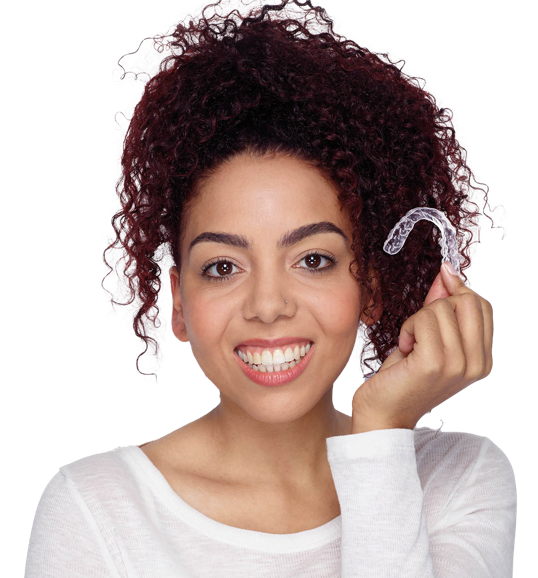Your teeth have moved after braces. What now?

Orthodontic treatment is a big commitment, so the last thing you want is for your teeth to move after months in braces.
Unfortunately, though, this is a common occurrence and we’ve seen a huge rise in patients seeking treatment again after experiencing ‘orthodontic relapse’.
Why do teeth move after braces?
Braces are really effective at moving teeth. What they can’t do is move the ligaments that connect your teeth to your jaw bone. So once your brace is taken off, these elastic ligaments, which are stretched during orthodontic treatment, have tendency to pull your teeth back to where they started.
Certain orthodontic problems will be more or less likely to ‘relapse’, but everyone can be affected.
Preventing orthodontic relapse
Thankfully, we can easily stop your teeth from moving after braces using removable retainers (pictured below) and/or fixed retainers. These both work by simply holding your teeth in their new position. They’re a vital part of orthodontic treatment and you’ll need to wear them indefinitely to maintain your new smile.

Most of the patients who come to see us complaining of orthodontic relapse wore their retainers initially and then over time became complacent. Some weren’t even given retainers in the first place!
Both fixed and removable retainers need to be maintained, and it’s really important to get in touch with the person who carried out your treatment if you experience any breakages or problems.
If your removable retainer becomes cracked or worn, it might not be doing its job properly. Similarly, if your fixed retainer becomes detached from any of your teeth, this could allow them some unwanted freedom.
Treating orthodontic relapse
If you’ve gone to the effort of straightening your teeth only for them to move, you’ll probably want them returned to their former glory, but months in braces (again) may not appeal.
The bad news: we can’t restraighten your teeth without braces. Sometimes patients wonder if a new retainer can nudge their teeth back into position, but unfortunately this is very rarely an option. Usually your teeth will have moved too far.
The good news: we treat orthodontic relapse on a daily basis, and there are a few discreet appliances that are perfect for quickly straightening teeth that have moved after braces.
Invisalign® Express
Invisalign Express straightens teeth using a series of seven removable aligners. Each virtually invisible aligner is worn for two weeks before you move on to the next, gradually straightening your teeth. Invisalign is a great choice if you’re not keen on the prospect of wearing fixed braces again.
Simpli5
Simpli5 works in the same way as Invisalign, but treatment consists of just five sets of aligners, so it’s better suited to very mild crowding.
Inman Aligner™
The Iman Aligner is another type of discreet, removable brace. It fits over your teeth and uses springs to gently push your teeth into position. Treatment takes just 6-18 weeks on average.
Incognito™ Lite
If you’d like a brace that’s completely hidden, we have just the ticket. Incognito Lite is cleverly placed behind your teeth and features cast-gold brackets, which are designed to straighten your front six or eight teeth.
Whichever brace you choose, rest assured you’ll be fitted with removable and/or fixed retainers to keep your smile on the straight and narrow.
If your teeth have moved after braces, why not come and see us for a free no-obligation consultation* to discuss your options.



